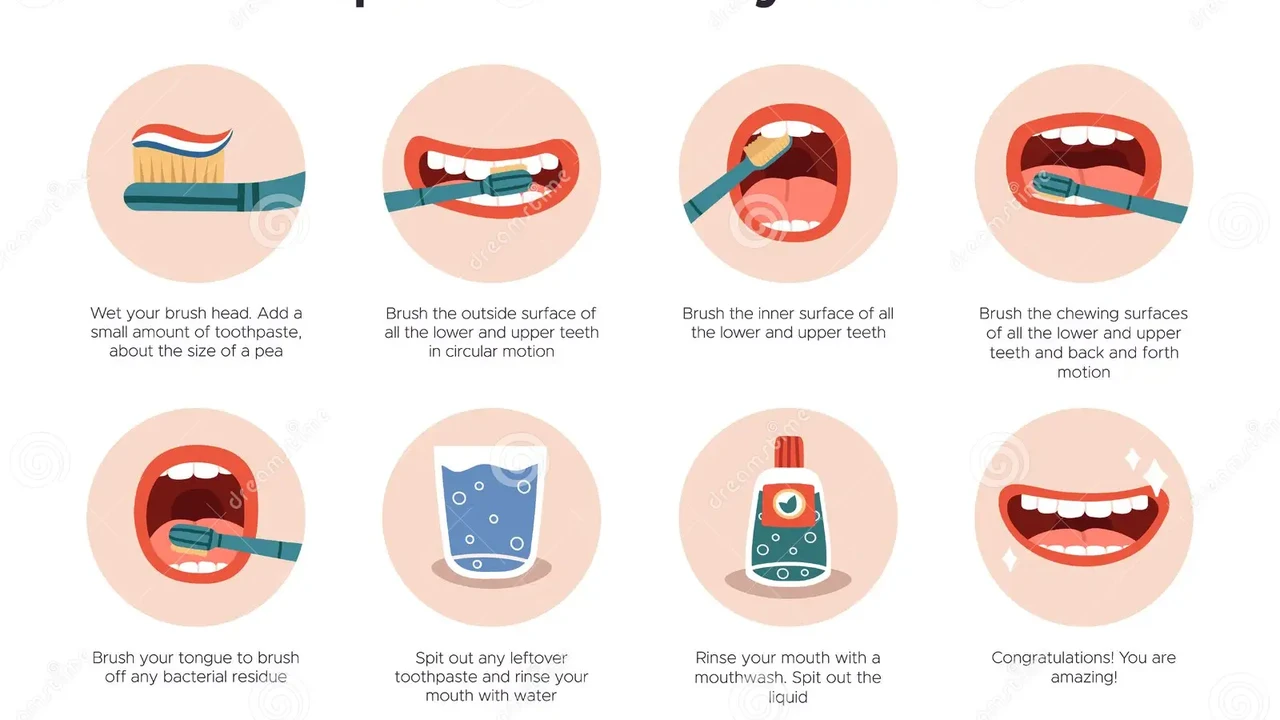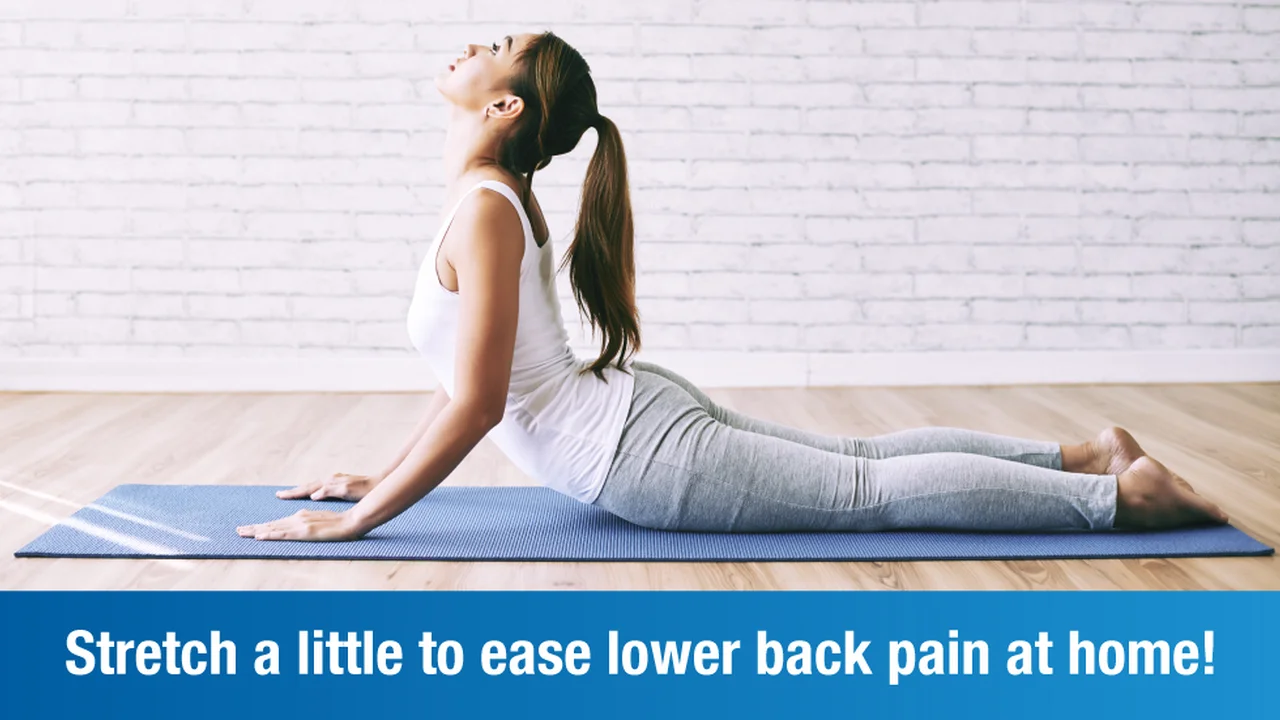7 Yoga Poses to Reduce Stress and Improve Flexibility

Stress and stiffness getting you down? Discover 7 yoga poses that can help reduce stress, improve flexibility, and promote relaxation. Learn how to incorporate these poses into your daily routine for a calmer, more balanced life. Find your inner peace and improve your physical well-being.
Yoga Poses for Stress Relief and Increased Flexibility
Okay, so you're feeling stressed, maybe a little stiff, and definitely in need of some chill time. Yoga's a fantastic way to tackle all of that, all at once! It's not just about pretzel-like poses; it's about connecting with your body, calming your mind, and finding a little bit of peace in the chaos. We're going to dive into 7 awesome yoga poses that are perfect for reducing stress, improving your flexibility, and just generally making you feel better. No need to be a yoga pro – these are totally doable for beginners! Let's get started!
Understanding Stress and Flexibility: Why Yoga Helps
Before we jump into the poses, let's quickly chat about why yoga is so effective for stress and flexibility. Stress can manifest physically as tension in your muscles, especially in your neck, shoulders, and back. Yoga helps release this tension through stretching and mindful movement. It also activates the parasympathetic nervous system, which is responsible for the "rest and digest" response, helping to calm your mind and reduce feelings of anxiety. Flexibility, well, that's pretty straightforward. Yoga improves your range of motion, making everyday activities easier and reducing your risk of injury. Plus, it just feels good to be able to move more freely!
Pose 1: Child's Pose (Balasana) for Deep Relaxation and Stress Reduction
Child's Pose is like a giant hug for your soul. It's incredibly grounding and calming, perfect for when you're feeling overwhelmed. Here's how to do it:
- Kneel on the floor with your knees hip-width apart.
- Sit back on your heels.
- Fold forward, bringing your forehead to the floor. If your forehead doesn't comfortably reach the floor, you can rest it on a block or a folded blanket.
- Extend your arms forward, palms down, or rest them alongside your body, palms up.
- Relax your shoulders, neck, and back.
- Breathe deeply and hold for 5-10 breaths.
Benefits: Reduces stress, calms the mind, gently stretches the hips, thighs, and ankles. It's a great pose for anxiety relief and promoting relaxation.
Pose 2: Downward-Facing Dog (Adho Mukha Svanasana) for Full-Body Stretch and Stress Relief
Downward-Facing Dog might look intimidating, but it's actually a fantastic pose for a full-body stretch and a gentle energy boost. It's like a reset button for your body and mind. Here's the breakdown:
- Start on your hands and knees. Make sure your hands are shoulder-width apart and your knees are hip-width apart.
- Tuck your toes and lift your hips up and back, forming an inverted V-shape with your body.
- Press your hands firmly into the ground and try to straighten your legs as much as possible. It's okay if your heels don't touch the floor.
- Relax your head and neck. Look towards your feet.
- Hold for 5-10 breaths.
Benefits: Stretches the entire body, strengthens the arms and legs, calms the brain, relieves stress, and improves digestion.
Pose 3: Cat-Cow Pose (Marjaryasana to Bitilasana) for Spinal Mobility and Stress Reduction
Cat-Cow is a gentle, flowing sequence that improves spinal mobility and coordination. It also helps to release tension in the back and neck, making it a great stress reliever. It's like a massage for your spine! Here's how to flow:
- Start on your hands and knees. Make sure your hands are shoulder-width apart and your knees are hip-width apart.
- Cat Pose (Marjaryasana): Inhale, then exhale as you round your spine towards the ceiling, tuck your chin to your chest, and draw your navel towards your spine.
- Cow Pose (Bitilasana): Inhale as you arch your back, drop your belly towards the floor, and lift your head and tailbone towards the ceiling.
- Continue flowing between Cat and Cow pose for 5-10 breaths, coordinating your movement with your breath.
Benefits: Improves spinal mobility, relieves back pain, calms the mind, and stimulates digestion.
Pose 4: Legs-Up-the-Wall Pose (Viparita Karani) for Relaxation and Circulation
Legs-Up-the-Wall Pose is incredibly restorative and relaxing. It's a fantastic way to relieve tired legs and feet, reduce stress, and improve circulation. It's like a mini-vacation for your body! Here's the simple how-to:
- Sit with your right hip close to a wall.
- Gently swing your legs up onto the wall as you lie back on the floor.
- Adjust your position so that your hips are as close to the wall as comfortable. You can place a folded blanket under your hips for extra support.
- Relax your arms alongside your body, palms up.
- Close your eyes and breathe deeply.
- Hold for 5-15 minutes.
Benefits: Relieves tired legs and feet, reduces stress, improves circulation, calms the mind, and eases mild backache.
Pose 5: Standing Forward Bend (Uttanasana) for Hamstring Stretch and Stress Relief
Standing Forward Bend is a great way to stretch your hamstrings, calves, and back. It also helps to calm the mind and relieve stress. It's a simple, yet powerful pose. Here's how to do it safely:
- Stand with your feet hip-width apart.
- Inhale, then exhale as you fold forward from your hips, keeping your back as straight as possible.
- Let your head hang heavy. You can bend your knees slightly if needed.
- Reach for your toes, ankles, or the floor. If you can't reach the floor, you can hold onto your shins or thighs.
- Hold for 5-10 breaths.
- To come up, bend your knees slightly and slowly roll up, one vertebra at a time.
Benefits: Stretches the hamstrings, calves, and back, calms the brain, relieves stress, and stimulates the liver and kidneys.
Pose 6: Bridge Pose (Setu Bandhasana) for Back Strength and Chest Opening
Bridge Pose strengthens your back muscles, opens your chest, and stretches your hips. It's a great pose for improving posture and relieving back pain. It also energizes the body and calms the mind. Here's how to build that bridge:
- Lie on your back with your knees bent and your feet flat on the floor, hip-width apart.
- Keep your arms alongside your body, palms down.
- Inhale, then exhale as you press your feet into the floor and lift your hips towards the ceiling.
- Engage your glutes and hamstrings.
- Keep your shoulders on the floor and your neck relaxed.
- Hold for 5-10 breaths.
- To come down, slowly lower your hips to the floor, one vertebra at a time.
Benefits: Strengthens the back muscles, opens the chest, stretches the hips, calms the mind, and improves digestion.
Pose 7: Corpse Pose (Savasana) for Ultimate Relaxation and Stress Reduction
Corpse Pose is the ultimate relaxation pose. It's a time to completely surrender and let go of all tension in your body and mind. It's the perfect way to end your yoga practice. Don't skip it! Here's how to completely relax:
- Lie on your back with your arms alongside your body, palms up.
- Let your legs fall open naturally.
- Close your eyes and relax your entire body.
- Focus on your breath and let go of any thoughts or worries.
- Hold for 5-15 minutes.
Benefits: Reduces stress, calms the mind, lowers blood pressure, and promotes deep relaxation.
Yoga Equipment Recommendations for Enhanced Practice and Comfort
Having the right equipment can significantly enhance your yoga practice and make it more comfortable. Here are a few recommendations:
Yoga Mats: Finding the Right Mat for Grip and Support
A good yoga mat is essential for providing grip and cushioning during your practice. Consider these options:
- Manduka PRO Yoga Mat: This is a premium mat known for its durability and excellent grip. It's a bit pricier (around $130), but it's worth the investment if you're serious about yoga. It's great for all types of yoga, from gentle restorative to sweaty vinyasa.
- Liforme Yoga Mat: This mat features alignment markers to help you position your body correctly in poses. It also has excellent grip and cushioning. It's also in the higher price range (around $150).
- Gaiam Essentials Thick Yoga Mat Fitness & Exercise Mat: A more budget-friendly option (around $25), this mat provides good cushioning and grip for beginners. It's a great starting point.
Usage Scenario: Use your yoga mat for all your yoga practices, whether at home, in a studio, or outdoors.
Comparison: The Manduka and Liforme mats offer superior grip and durability compared to the Gaiam mat, making them ideal for more advanced practitioners. However, the Gaiam mat is a great option for beginners on a budget.
Yoga Blocks: Improving Flexibility and Supporting Poses
Yoga blocks can help you deepen your stretches and provide support in challenging poses. Here are some options:
- Foam Yoga Blocks: These are lightweight and affordable (around $10 each). They're a good option for beginners.
- Cork Yoga Blocks: These are more durable and provide better support than foam blocks (around $20 each). They're a good option for intermediate and advanced practitioners.
- Wooden Yoga Blocks: These are the most durable and supportive option (around $30 each). They're a good option for practitioners who need extra support.
Usage Scenario: Use yoga blocks to modify poses, deepen stretches, and provide support in challenging poses.
Comparison: Cork and wooden blocks offer better support than foam blocks, making them ideal for practitioners who need extra stability. Foam blocks are a good option for beginners who want a lightweight and affordable option.
Yoga Straps: Enhancing Reach and Flexibility
Yoga straps can help you extend your reach and improve your flexibility. Here are some options:
- Basic Yoga Strap: These are made of cotton or nylon and are typically 6-8 feet long (around $10).
- Adjustable Yoga Strap: These straps have a buckle that allows you to adjust the length (around $15).
- Yoga Strap with Loops: These straps have loops that you can use to hold onto for extra support (around $20).
Usage Scenario: Use yoga straps to extend your reach in poses like seated forward fold or to bind your hands behind your back in poses like cow face pose.
Comparison: Adjustable straps offer more versatility than basic straps. Straps with loops can provide extra support and stability.
Incorporating Yoga into Your Daily Routine for Long-Term Wellness
The best way to experience the benefits of yoga is to make it a regular part of your routine. Even just 15-20 minutes of yoga a day can make a big difference in your stress levels and flexibility. Try to practice at least 3-4 times per week for optimal results. You can find tons of free yoga videos online, or you can join a local yoga studio for in-person classes. The most important thing is to find a style of yoga that you enjoy and that fits your needs.
So, there you have it! Seven awesome yoga poses to help you reduce stress and improve your flexibility. Remember to listen to your body, modify poses as needed, and most importantly, have fun! Namaste!
:max_bytes(150000):strip_icc()/277019-baked-pork-chops-with-cream-of-mushroom-soup-DDMFS-beauty-4x3-BG-7505-5762b731cf30447d9cbbbbbf387beafa.jpg)






